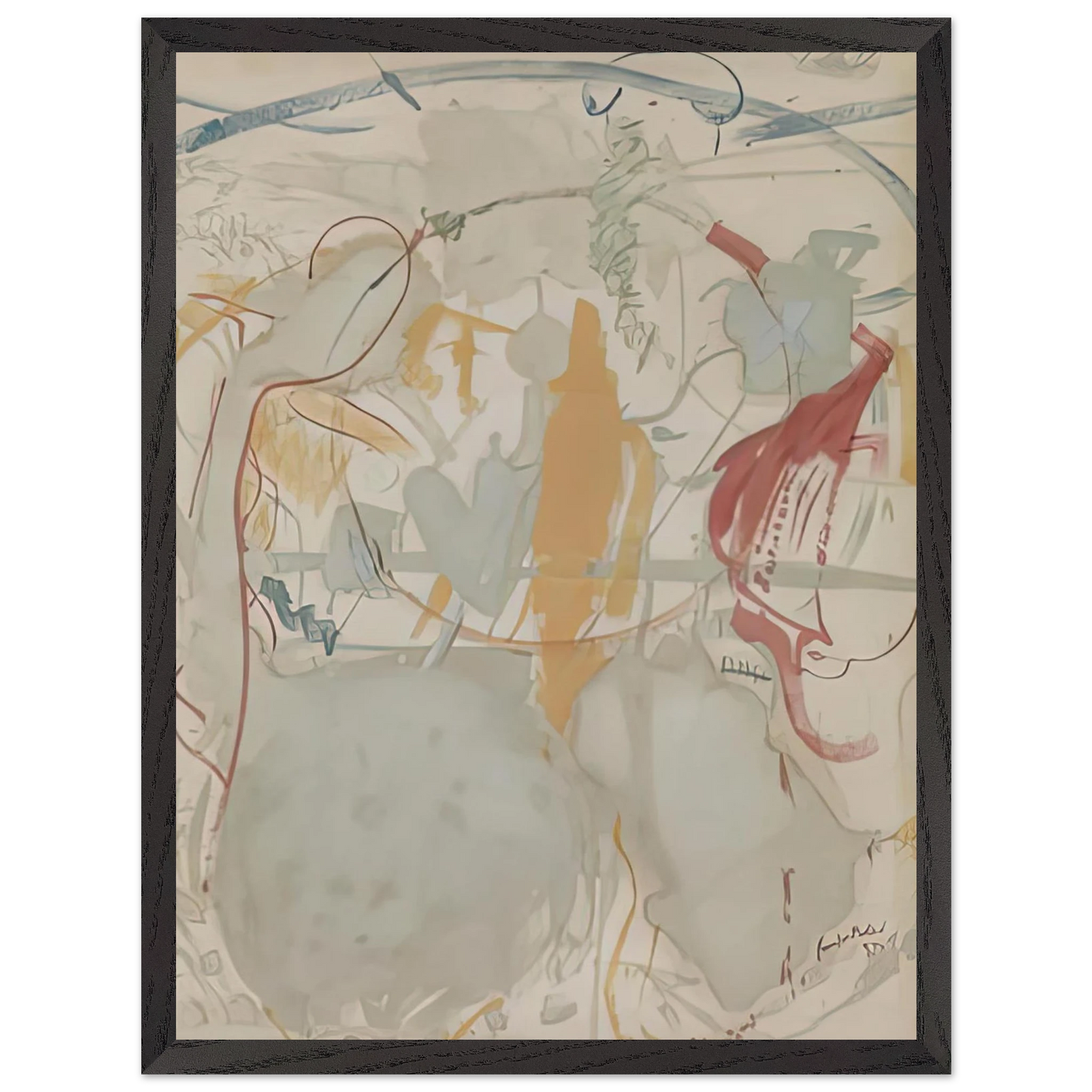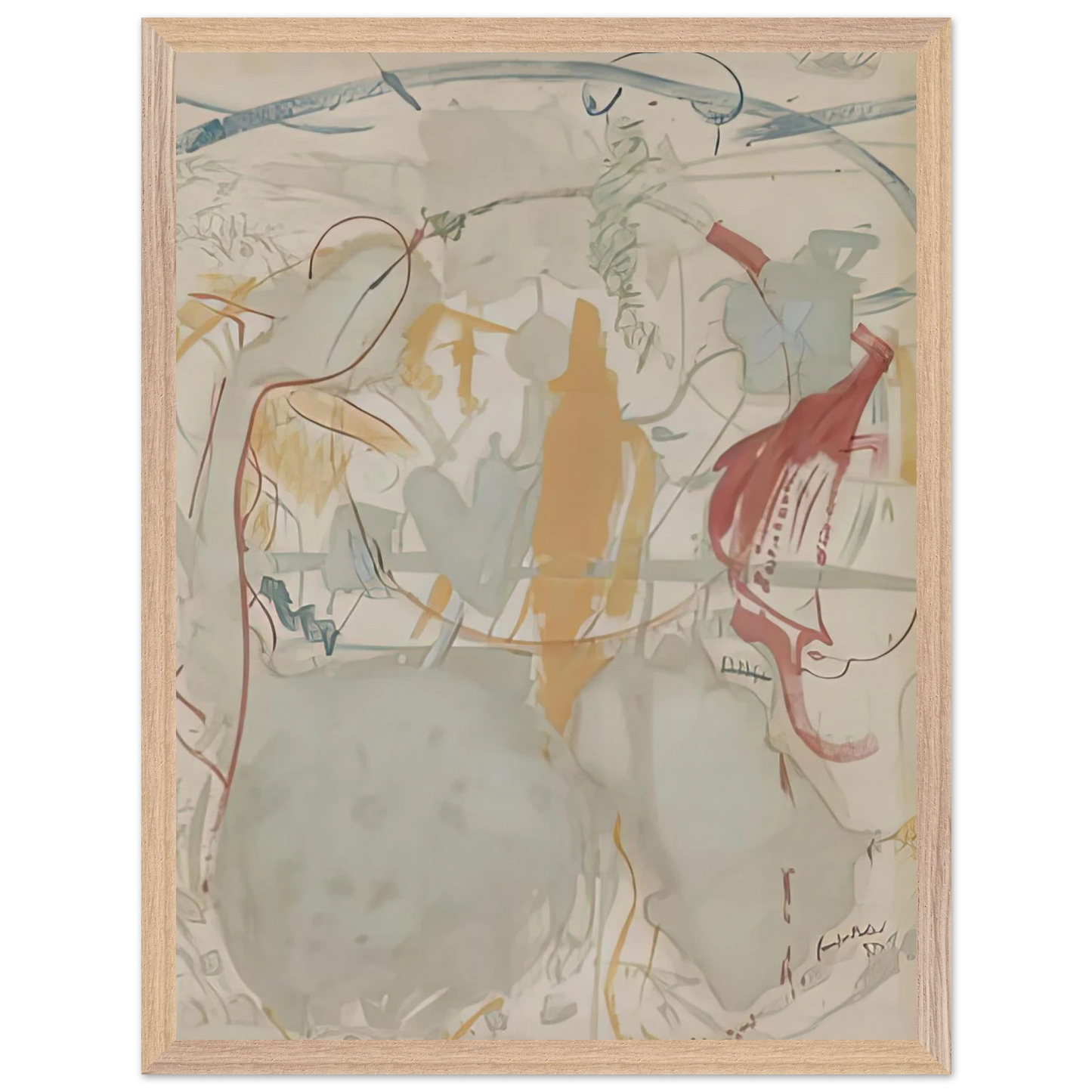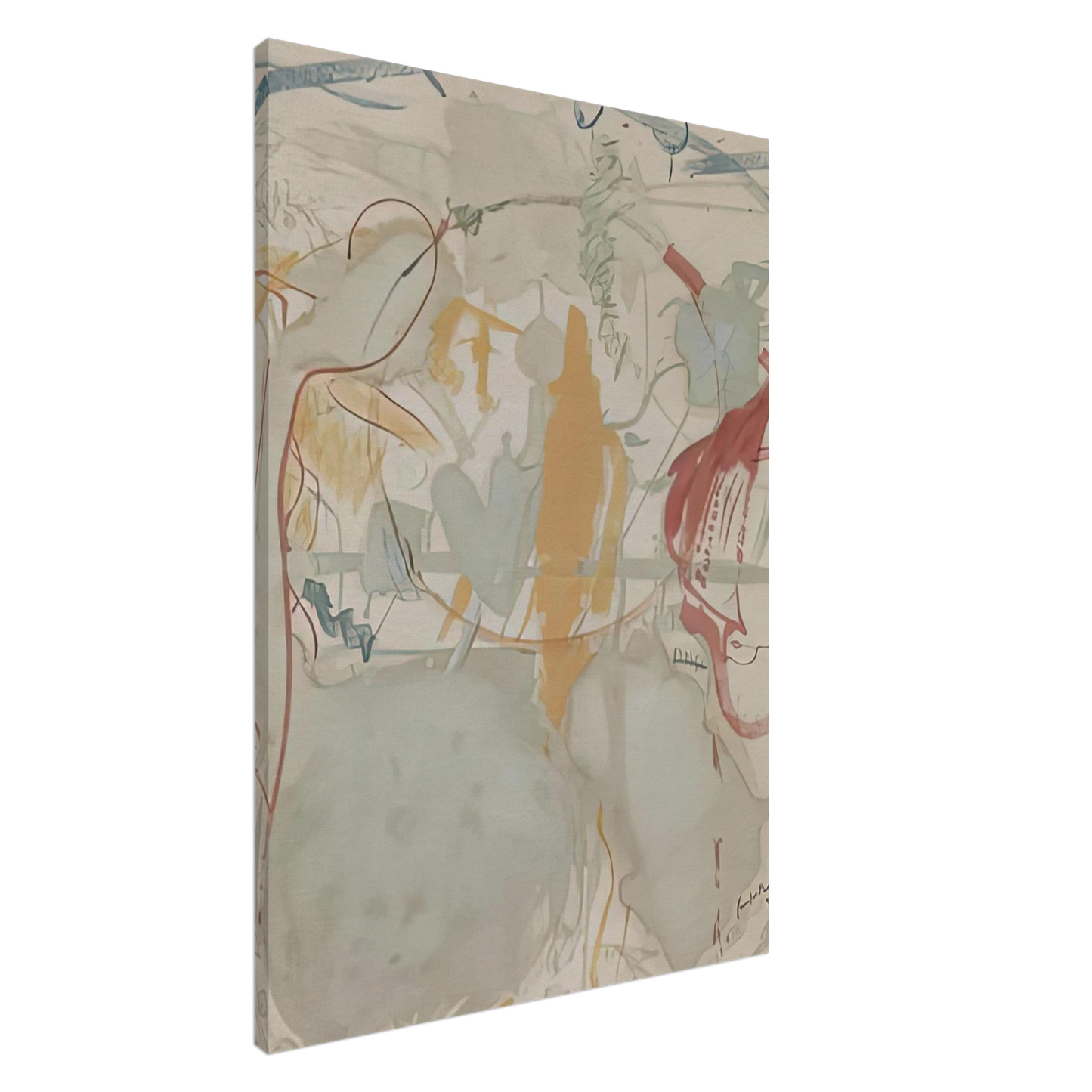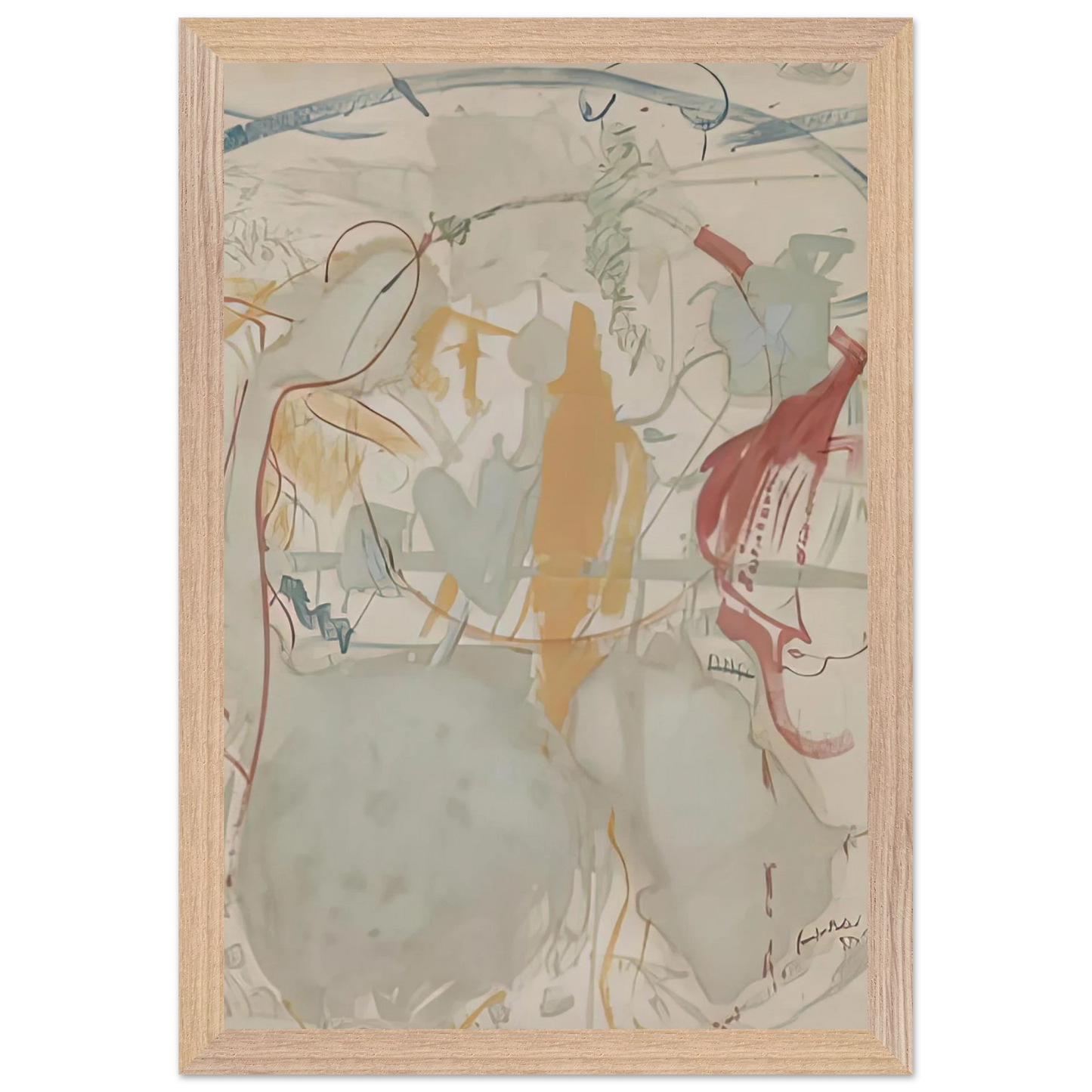RedKalion
Helen Frankenthaler - Seven Types of Ambiguity, 1957- Wall Art
Helen Frankenthaler - Seven Types of Ambiguity, 1957- Wall Art
Couldn't load pickup availability
Discover more in our: Helen Frankenthaler Wall Art Poster Collection
Discover our Fine Art Posters - Iconic artworks with vivid colors using using our fine art 12-color printing technology. Perfect for art lovers and designers alike.
- Color Vibrancy: Our 12-color fine art printing technology delivers vivid, accurate colors with stunning depth, far beyond standard 4-color inkjet printing technology.
- Paper Finishing: Smooth matte finish for a clean, glare-free display.
- Paper Weight: 200 gsm (80 lb), thickness: 0.26 mm (10.3 mils).
- Available Sizes: Offered in a variety of sizes to fit any space or frame.
- Eco-Friendly Materials: Printed on environmentally conscious, FSC-certified paper.
No minimum orders, printed and shipped on demand to guarantee freshness and customization for every order.
Transform your living space with the timeless elegance and profound depth of master artwork. Posters and wall art offer an accessible yet powerful way to infuse personality, style, and cultural richness into any room, from a cozy bedroom to a bustling office. Whether you are a seasoned art collector or simply seeking to enhance your home decor, selecting the right piece of wall art can dramatically alter the atmosphere and aesthetic of your environment. Among the vast array of available art prints, works by pioneering artists like Helen Frankenthaler stand out, offering not just visual appeal but a piece of art history that continues to inspire and provoke thought. One such captivating creation is Helen Frankenthaler's Seven Types of Ambiguity, painted in 1957. This iconic abstract art piece is more than just a painting; it is a profound statement from one of the most influential figures in American modern art. Frankenthaler, a pivotal artist in both Abstract Expressionism and the Color Field movement, broke new ground with her innovative "soak-stain" technique. This method involved pouring thinned paint directly onto unprimed canvas, allowing the colors to literally soak into the fabric, merging with the surface rather than sitting on top of it. The result is a luminous, ethereal quality, where color and canvas become one, creating a seamless and deeply integrated visual experience. Seven Types of Ambiguity, 1957, exemplifies Frankenthaler's mastery of this technique and her sophisticated understanding of color and form. The painting immediately draws the eye with its dynamic interplay of hues. Large, expansive areas of soft, diluted blues and greens dominate the composition, suggesting vast, open skies or deep, swirling waters. These cooler tones are punctuated and energized by warmer, more assertive splashes of red, yellow, and orange, often appearing as more defined, almost calligraphic gestures. Delicate washes of grey and subtle hints of white provide balance and depth, allowing the more vibrant colors to truly resonate. The composition itself is a fluid dance of amorphous shapes and flowing lines. There are no hard edges or defined figures, but rather a sense of organic growth and spontaneous movement. Colors bleed into one another, creating soft transitions and unexpected juxtapositions that hold the viewer's gaze. Some areas appear transparent, revealing the canvas beneath, while others build up in denser layers, suggesting a nuanced topography of paint. This visual texture, born from the soak-stain process, gives the impression of light passing through colored glass or reflections shimmering on a liquid surface, making it a truly mesmerizing piece of contemporary wall art. The title, Seven Types of Ambiguity, is intriguing and highly suggestive, inviting multiple interpretations. It directly references William Empson's influential work of literary criticism, implying a similar complexity and richness of meaning within the visual realm. In Frankenthaler's painting, this ambiguity manifests in various ways: the uncertainty of form (Is it land, sea, or pure emotion?), the elusive depth (Is it flat or does it recede infinitely?), the interplay of light and shadow, and the emotional resonance it evokes. The painting does not dictate a singular narrative but rather encourages personal reflection and a nuanced engagement with its abstract language. It is this open-endedness that makes it such a compelling addition to any art collection or interior design scheme. As a piece of 1957 art, it captures the spirit of post-war American artistic innovation, pushing the boundaries of what painting could be. It represents a crucial moment in art history when artists were moving away from figuration towards pure abstraction, exploring the expressive power of color and gesture. Owning a high-quality art print of Helen Frankenthaler's Seven Types of Ambiguity allows you to bring this significant artistic legacy into your own home or office. It serves as a statement piece, reflecting a taste for sophisticated modern art and an appreciation for groundbreaking creativity. Imagine this stunning poster gracing a minimalist living room, adding a vibrant splash of intellectual depth and color. Picture it in a contemporary office space, inspiring creativity and thoughtful contemplation. Its versatile aesthetic makes it suitable for various decor styles, from mid-century modern to ultra-contemporary. This fine art print is not just decorative; it is a conversation starter, a source of daily inspiration, and a testament to the enduring power of abstract expressionist art. Investing in such a piece of gallery quality wall art enhances not only your surroundings but also your daily experience, providing a continuous connection to beauty and artistic innovation. Elevate your space today with a captivating wall art print that embodies the brilliance of Helen Frankenthaler.
Share













